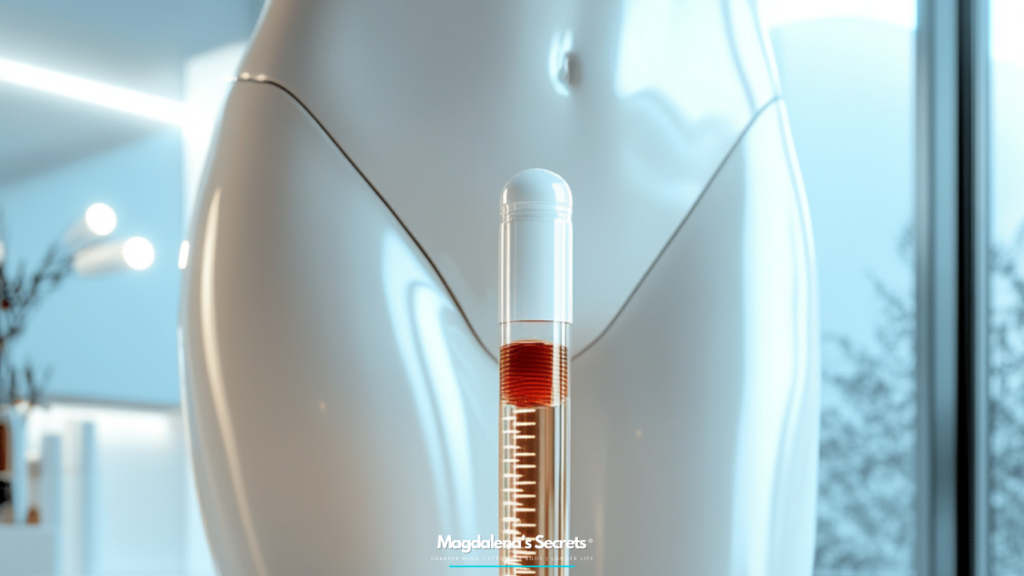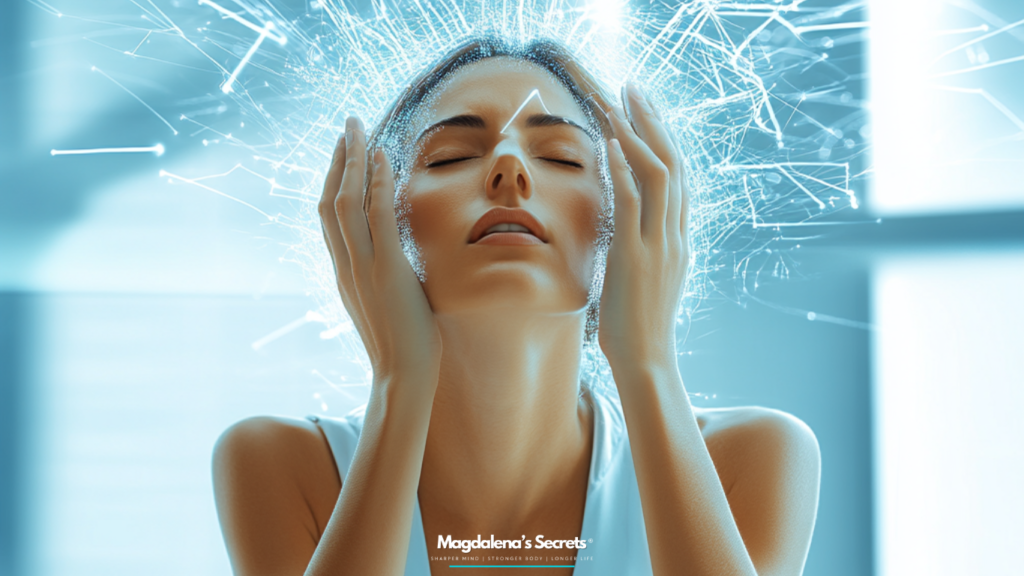For most of a woman’s life, estradiol — the most potent form of estrogen — works silently in the background, keeping her body in balance. From her first period through her reproductive years, estradiol supports everything from bone density to brain function to mood regulation.
But during the menopause transition, as estrogen levels begin to fluctuate and ultimately decline, many women start to feel like strangers in their own bodies.
Hot flashes. Mood swings. Brain fog. Vaginal dryness. Insomnia. Anxiety.
These are just a few of the symptoms caused, at least in part, by the loss of estradiol.
But estradiol isn’t just about symptom relief. It’s also a critical hormone for long-term health, influencing how women age — both inside and out.
Let’s explore why estradiol is so important, what it does in the body, and how it can support women’s health during perimenopause, menopause, and beyond.
What Is Estradiol?
Estradiol (E2) is the primary and most biologically active form of estrogen produced by the ovaries during a woman’s reproductive years. It plays a key role in:
- Regulating the menstrual cycle
- Supporting fertility
- Maintaining the health of the reproductive system
But its influence extends far beyond reproduction.
Estradiol impacts:
- 🧠 The brain and mood
- ✨ Skin, hair, and elasticity
- ❤️ Heart and blood vessels
- 🦴 Bone strength and density
- 🧻 Bladder and pelvic health
- 🔄 Metabolic and insulin regulation
That’s why, when estradiol levels decline during menopause, the ripple effects are felt everywhere.
What Happens During Menopause?
As women enter perimenopause (usually starting in their 40s), ovulation becomes irregular and estradiol levels begin to fluctuate — often wildly.
Eventually, as ovulation ceases altogether (around age 51 on average), estradiol production plummets to postmenopausal levels, which are a fraction of what they once were.
This hormonal withdrawal can trigger a wide range of symptoms and health changes:
- 🔥 Hot flashes and night sweats
- 😣 Vaginal dryness and painful sex
- 💭 Brain fog, memory lapses, and mood swings
- 😟 Increased anxiety and depression
- ⚖️ Weight gain, especially around the midsection
- 🦴 Loss of bone density and increased fracture risk
- 🌵 Accelerated skin aging and dryness
- ❤️ Higher risk for heart disease and type 2 diabetes
The Benefits of Estradiol During and After Menopause
Many of the symptoms listed above can be significantly improved — or even prevented — by estradiol replacement therapy, especially when started early in the menopause transition.
Here’s what estradiol can do for women’s health:
1. 🌡️ Regulates Body Temperature and Reduces Hot Flashes
Estradiol stabilizes the hypothalamus — the brain’s thermostat — which becomes hypersensitive without estrogen. This helps reduce hot flashes and night sweats, improving sleep and quality of life.
2. 🧠 Supports Brain Function and Mood
Estradiol promotes the production of serotonin, dopamine, and acetylcholine — neurotransmitters involved in mood, memory, and cognition.
Women often report improved mental clarity, memory, and reduced anxiety or depression when using estradiol.
3. ❤️ Protects the Heart
Estrogen supports healthy blood vessels, lowers LDL cholesterol, and helps maintain normal blood pressure.
After menopause, the risk of cardiovascular disease rises — but research shows that early use of estradiol may protect the heart.
4. 🦴 Preserves Bone Density
Estrogen is vital for maintaining strong bones. Without it, bone resorption increases, leading to osteopenia and osteoporosis.
Estradiol helps prevent bone loss and fractures, especially in the spine and hips.
5. 💧 Improves Vaginal and Bladder Health
Vaginal dryness, irritation, and recurrent UTIs are common after menopause due to estrogen deficiency.
Estradiol can restore vaginal tissue, increase lubrication, and reduce urinary symptoms when applied topically or systemically.
6. ✨ Enhances Skin Elasticity and Hydration
Estrogen receptors are found in the skin, and declining levels lead to thinner, drier, less elastic skin.
Estradiol boosts collagen production, moisture retention, and improves overall skin tone and texture.
Should You Consider Estradiol?
Today, more women — and doctors — are realizing that estradiol replacement is not just about symptom relief, but about preserving long-term health.
Bioidentical estradiol, often delivered through transdermal patches, creams, or gels, mimics your body’s natural hormone and is generally well-tolerated when prescribed responsibly.
While hormone therapy isn’t for everyone, it’s essential that women are informed and empowered to choose what’s right for their body.
Final Thoughts
Estradiol isn’t just a hormone — it’s a lifeline during and after menopause.
From brain function to bone health, skin to sleep, estrogen plays a critical role in how women feel, think, and age.
Menopause may be inevitable, but suffering doesn’t have to be.
With the right support — and the right hormones — women can thrive through this chapter with strength, clarity, and confidence.




